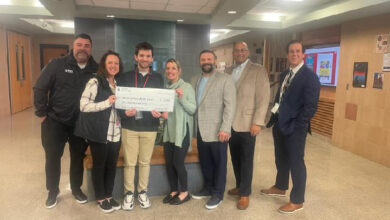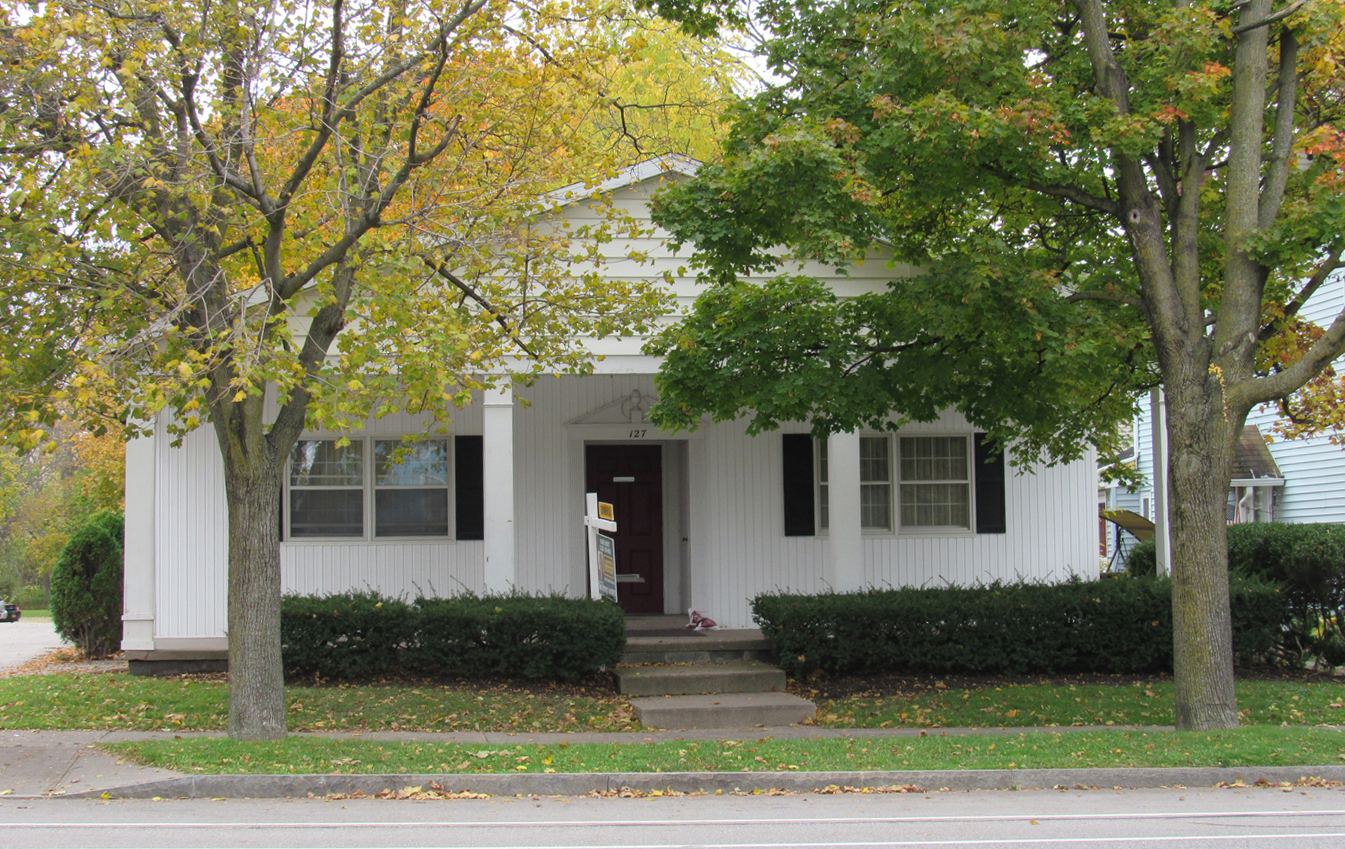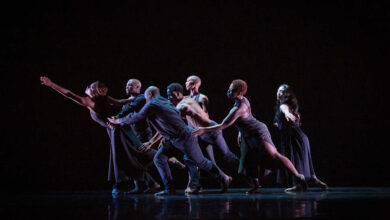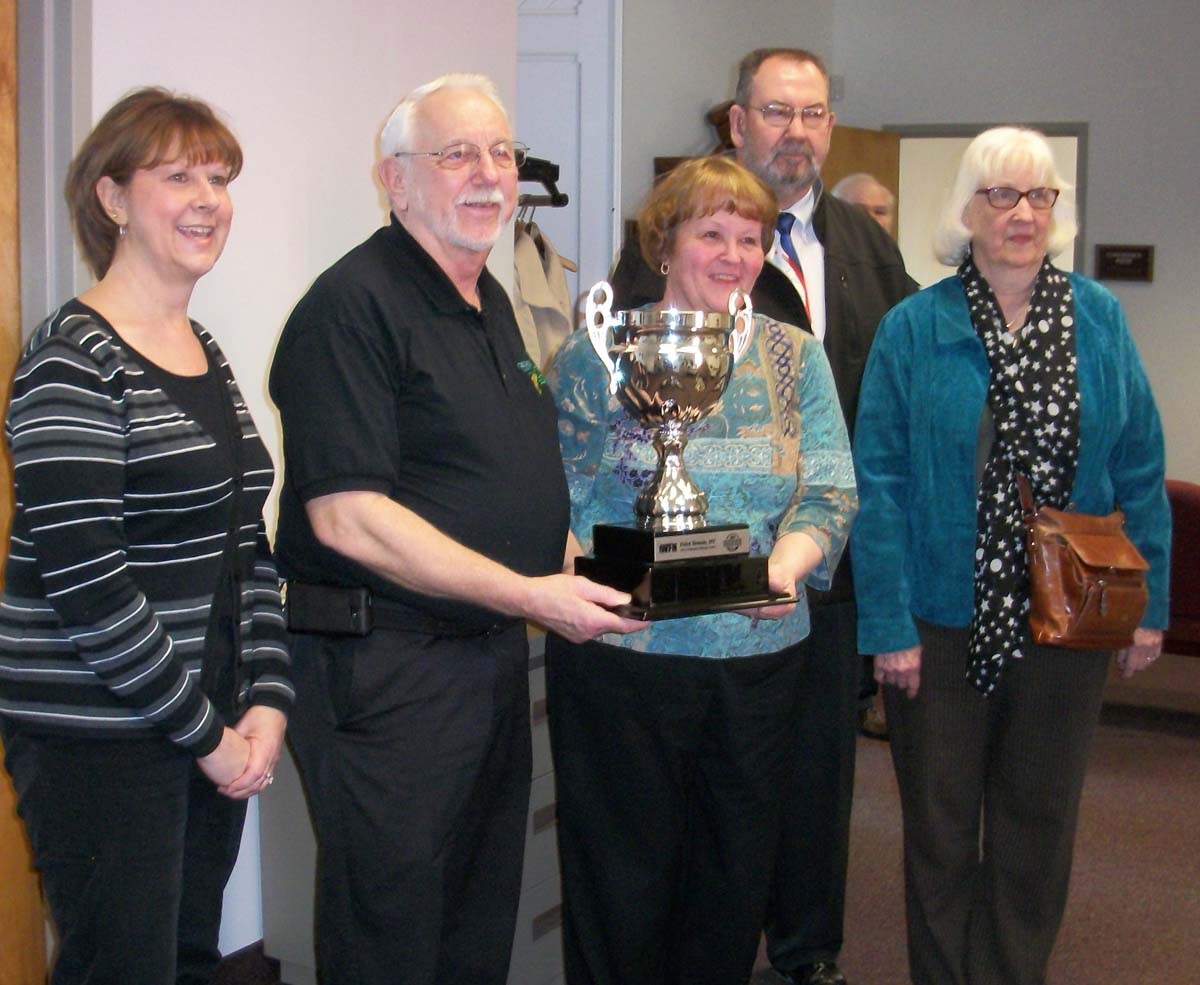FASNY highlights how fast ‘decking the halls’ can turn into a devastating house fire
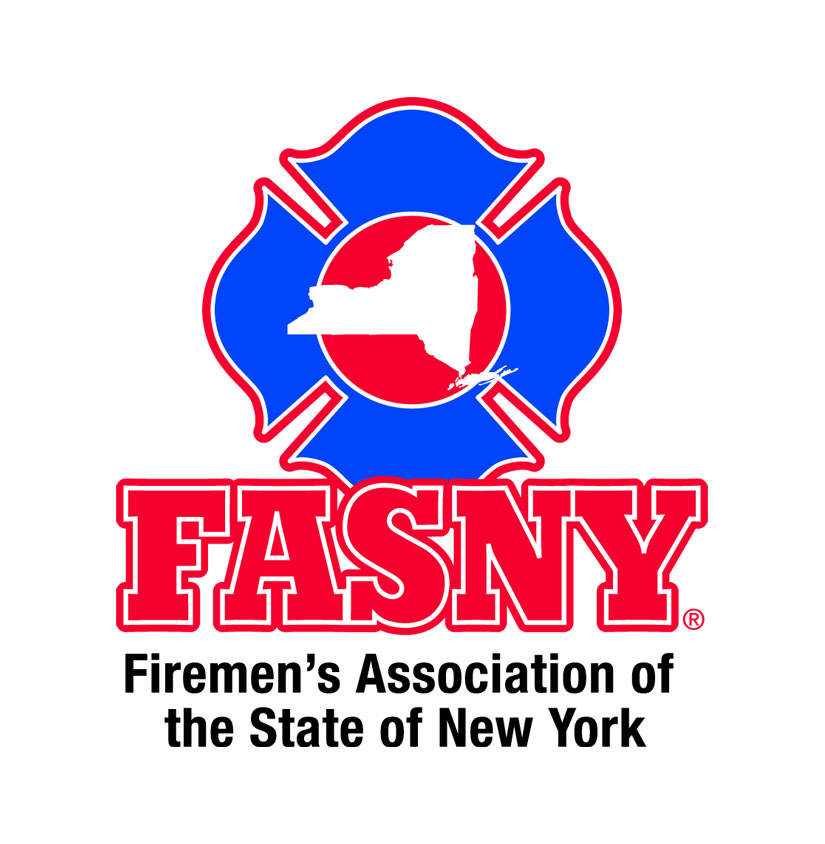
Although Christmas tree fires may not be common, when they do occur, they are more likely to be extremely serious and cause a lot of damage. Fires involving fresh Christmas trees tend to be more common than artificial tree fires. That’s in part because fresh Christmas trees dry out over time, making them more flammable the longer they’re in the home; a dried-out Christmas tree will burn much more quickly than a well-watered one. Fire departments responded to an annual average of 160 home structure fires caused by Christmas trees between 2016 and 2020, resulting in two civilian deaths, 11 civilian injuries, and $12 million in direct property damage.
.With New York State leading the nation in home fire deaths at 142 deaths in 2023, according to the U.S. Fire Administration, the Firefighters Association of the State of New York (FASNY) urges residents to stay vigilant and hydrate all natural Christmas trees. Also to take the extra steps needed when decorating and properly using seasonal and holiday candles, menorah candles, decorative lighting and electric cords to ensure your ‘winter wonderland’ doesn’t turn into a devastating house fire.
“As we enjoy the Holiday Season, FASNY urges all New Yorkers to take the extra steps when decorating to ensure their homes, offices, schools, and other gathering spaces are safe and free of preventable fire hazards,” said Edward Tase Jr., President, Firefighters Association of the State of New York.
“Carefully decorating your home can help make your holidays safer and merrier,” said President Tase. FASNY recommends the following tips:
•For a fresh tree, cut two inches from the base of the trunk before placing it in the stand. Add water daily to keep the tree well hydrated.
•Trees should be placed at least three feet away from any heat source, such as fireplaces, radiators, candles, heat vents, or lights.
•Make sure the tree is not blocking an exit, such as a door or window.
•Ensure that decorative lights are in good working order and used in accordance with the manufacturer’s instructions.
Also, the latest statistics from NFPA on Christmas tree fires in US homes include these key findings, reflecting annual averages between 2016 and 2020:
•Christmas tree fires are more common between 3 p.m. and midnight, accounting for one-half of associated fires. Another 26 percent of fires occurred between 9 a.m. and 3 p.m.
•Approximately two of every five home Christmas tree fires started in the living room, family room, or den.
•Electrical failures or malfunctions were factors in more than one-third (34 percent) of Christmas tree fires.
•In one-fifth (20 percent) of Christmas tree fires, some type of heat source was placed too close to the tree.
Provided information


